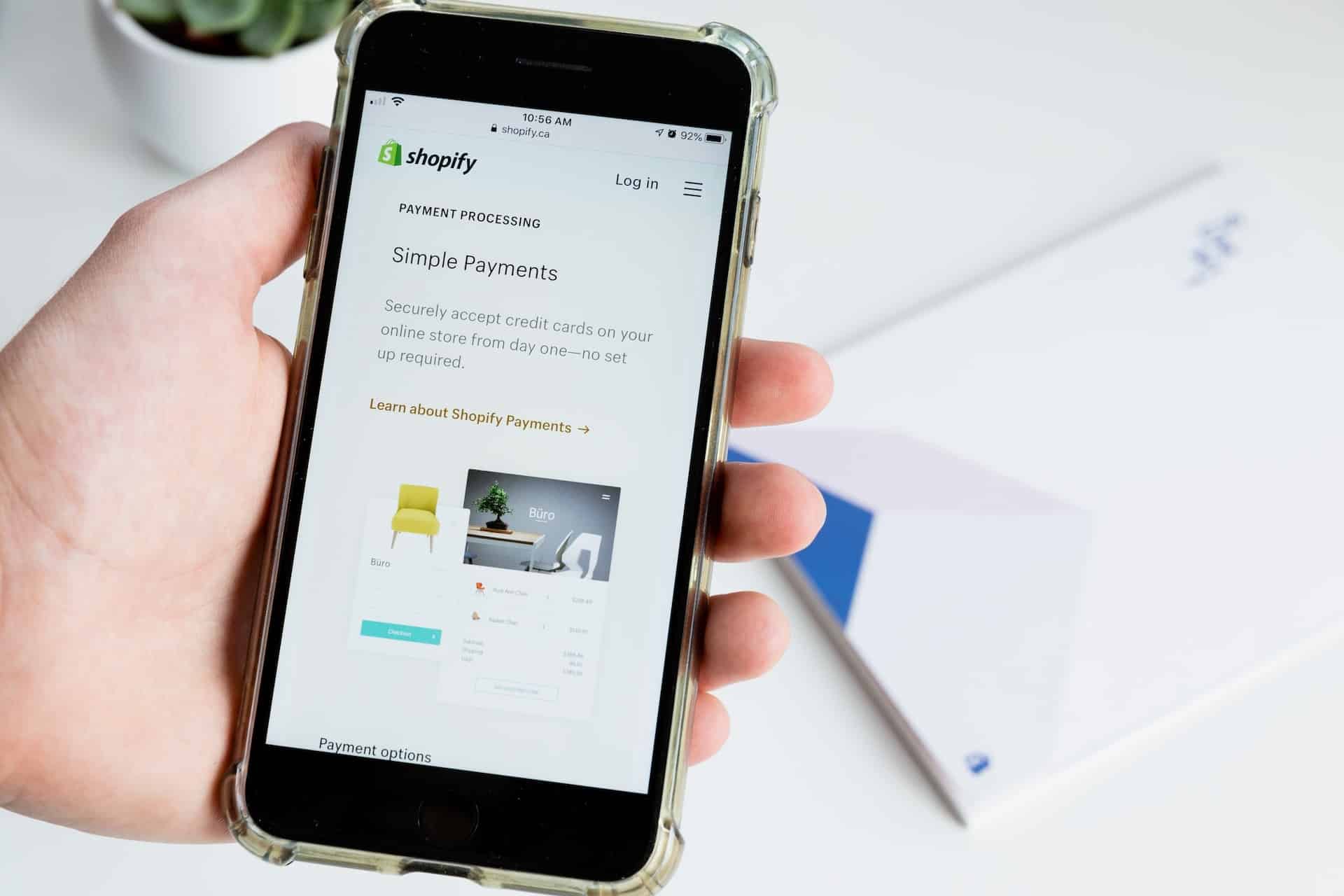The internet has shrunk geographies and brought people closer, transforming the world into a global village. With over 5.19 billion internet users across the world, social media platforms command the time and attention of more than 4.26 billion individuals.
TikTok is gaining traction among the top social media platforms because it empowers individuals to discover, create, and share unique content, express themselves freely, and set trends globally while building their brand and earning money.
But what is TikTok, who are its users, what are its service channels, and how does it generate revenue? Let’s decode TikTok’s business model.
What is TikTok?
TikTok is a short-form video hosting platform where users can create and upload their dancing and lip-syncing videos or participate in a myriad of viral trends and challenges.
The Chinese technology giant ByteDance launched A.me in 2016, an app for users to create, discover, and share short-form videos. It was later renamed Douyin. In 2017, ByteDance expanded Douyin beyond China and changed the app’s name to TikTok.
ByteDance also acquired US-based social media apps—Flipagram and Musical.ly—in 2017 and integrated them with TikTok.
Now available in over 150 countries and 75 languages, TikTok has gained massive popularity among the general masses, business owners, activists, entertainers, and celebrities, commanding over 150 million active users in the US alone.
TikTok is a popular infotainment platform worldwide, helping several influencers build a loyal follower base, earn their livelihood, and achieve their dreams. But what does TikTok’s customer segmentation look like?
TikTok’s Customer Segmentation
Currently, this entertainment platform hosts over 1 billion monthly active users online globally. TikTok is a popular platform since it aims to inspire creativity and joy in its users.
Primarily, TikTok caters to three types of customers:
- Individuals: Individuals up to 34 and Gen Z mostly use TikTok to exhibit creativity and produce homemade videos. They also use it to consume engaging content, participate in challenges, and share entertaining videos with their social group.
- Celebrities and influencers: Celebrities like Taylor Swift, Gordon Ramsay, Will Smith, Selena Gomez, Ed Sheeran, Ryan Reynolds, and more are regular users, which is partially why TikTok rose to popularity quickly. They use the platform to engage with their followers, gain new followers, entertain them, and make announcements.
Influencers like Khaby Lame use the platform to enhance their reach, keep their followers entertained, gain more followers, and earn their livelihood through ads and partner collaborations with brands.
-
Businesses: Businesses use TikTok to engage with their target audience, enhance their brand’s awareness, partner with genuine creators, and endorse their products through user-generated content (UGC).
TikTok is one of the biggest social media platforms, but why do its users trust TikTok explicitly to build and grow their brand? Let’s find out.
TikTok’s Value Proposition
A few features that set TikTok apart from its competitors are:
1. Video recording and uploading
The most basic feature of TikTok that drew users in the first place is video recording and uploading. Users can record and upload a new or an existing video, ranging between 15 seconds to 10 minutes, using the app.
2. Video editing and filters
TikTok offers its users many video editing tools to showcase their creativity the way they want. Users can crop and flip the required videos and also change their playback speed, rotate them, and change their backgrounds.
This platform also has a massive library of filters and effects that enhance video quality. Users can apply beauty and AR filters, stickers, and animations to make their videos stand out.
3. Sound effects and voiceover
Users can add sound effects to their videos and add songs or effects to make their video content more contextual. They can also record and add voiceovers to their pre-recorded videos to communicate their point.
4. Live video streaming
TikTok lets users stream live videos and enables real-time interactions between creators and followers.
5. Duet videos
The duet feature on TikTok allows two videos to play simultaneously, helping users sing, dance, and perform other activities together.
6. Stitch
This feature lets a user stitch their video with another user. However, it’s slightly different from duet videos, as a stitched video plays after the original. This popular feature lets users react to videos, follow instructions, and add comments.
7. Video reply
Using this feature, a user can curate a video to reply to any comment. The video displays the comment to help users clarify doubts or follow their followers’ requests.
8. TikTok for business
TikTok’s ad manager allows businesses to run and manage paid campaigns on the platform within minutes. This affordable solution assists businesses in driving sales and measuring their campaign performance.
Who are the Key Partners of TikTok?
TikTok is a social media behemoth and has partnered with strategic partners to ensure its continued success. TikTok’s partners include:
- Celebrities and influencers: Comprising a network of celebrities and influencers who help popularize the platform among their followers contributes to Tiktok’s growth and development.
- Commerce partners: Commerce partners, such as Shopify, Productsup, and Square, help develop marketing techniques to help vendors set up shop on TikTok.
- Marketers: They help design, run, and measure ad campaigns.
- Campaign management partners: Such partners, including Bidalgo, adMixt, Sprinklr, WinClap, and more, assist advertisers in optimizing their expenditure on advertisements on TikTok with technology.
- TikTok business solution measurement partners: Partners like Neilsen and Adjust provide their services to help businesses monitor the effect of TikTok’s business solutions.
- Creative partners: Such partners, including Canva and Cooler, lend businesses their audiovisual and technical skills to aid them in curating ads on a large scale.
- Special effects and sound partners: Specializing in TikTok’s AR tools and sound effects, these partners assist businesses in leveraging these offerings.
- Safety partners: TikTok partners with online safety experts, such as content advisory councils, non-governmental organizations, and other associations, to promote a safe platform.
What are TikTok’s Key Resources?
TikTok’s key resources include:
- Intellectual property compiling users’ and business data.
- AI-based algorithm and IT infrastructure that has led to the growth of TikTok.
- Profitable partnerships with businesses that want to advertise or sell their products using TikTok.
- Content curators, digital influencers, and celebrities using and popularizing TikTok.
What are TikTok Channels?
TikTok’s mobile app can be easily downloaded through Apple Store, Amazon Appstore, Google Play, Microsoft, and QR Code. It can also be accessed through its website.
How does TikTok Service its Customers?
As a platform, TikTok promotes self-servicing. Its Help Centre consists of several articles, including creating an account, resetting passwords, account and privacy, monetization on TikTok, and using TikTok. Users can find solutions to their problems from these articles.
TikTok’s Safety Centre consists of guides to help its users counter hate, understand how their data is used for ads, how to fight scams, and more.
Its Creator Portal has extensive articles for creators to assist them with any issues.
What is TikTok’s Cost Structure?
TikTok’s expenditure for 2022 includes administrative, marketing, data center, and infrastructure expenses.
How Does TikTok Generate Revenue?
According to the Financial Times, TikTok generated $16 billion in revenue last year in the U.S., and its parent company, ByteDance, generated $120 billion in revenue globally.
ByteDance is on track to overtake Meta ($135 billion in revenue) as the World’s largest social media company.
TikTok’s revenue streams can be categorized into four sections:
Advertisements
TikTok generates the bulk of its revenue from advertisements displayed on the platform. It offers a variety of ads:
- In-feed ads are displayed in the news feed section, letting users like, comment, and share them with their followers.
- Top-view ads are auto-play ads that take up the entire screen and are accompanied by sound.
- Brand takeover ads are full-screen ads that pop up in the For You or Discover sections of the app.
- Spark ads let advertisers post and promote new content and organic content curated by other creators.
- Playable ads create a full-screen playable experience letting users interact with the ad through these games.
- Carousel ads and collection ads are also popular options.
Branded hashtags and effects also help brands enhance their customer reach and go viral.
TikTok’s expanded video length has increased its CPM (cost-per-mile), and its TikTok Pulse initiative benefits creators (with over 100,000 followers) as they can split the ad revenue with the platform. At the same time, advertisers can display their ads with the top 4% of the platform’s content.
Shop commissions
Users can buy the items shown in their in-feed videos, live streams, and product showcase tab on the seller’s profile directly through TikTok’s Shop section.
TikTok charges sellers a percentage-based commission for each sale through the platform.
LIVE Subscription
TikTok introduced LIVE Subscription on May 23, 2022, to offer varied monetization opportunities to its creators. The cost for this subscription can range anywhere between $4.99 to $24.99 a month.
LIVE Gifts are another source of revenue for TikTok wherein creators receive virtual gifts from their followers and have to split the gift value earnings with the platform.
Royalties
TikTok’s SoundOn helps emerging artists distribute their music globally, maintain 100% ownership, and promote it. Artists get to keep 100% of all royalties for the first year and 90% subsequently.
The Bottom Line: TikTok is More Than a Social Media Platform
TikTok is a popular entertainment site, but it’s quickly catapulting its image into that of a super app where users can consume videos, play games, shop online, and more. This business model supports creators, artists, marketers, and business owners.
References & more information
- https://influencermarketinghub.com/what-is-tiktok/#toc-5
- https://newsroom.tiktok.com/en-us/live-subscription-invite-only
- https://www.statista.com/statistics/617136/digital-population-worldwide/
- https://www.statista.com/statistics/278414/number-of-worldwide-social-network-users/#:~:text=How%20many%20people%20use%20social,almost%20six%20billion%20in%202027.
- https://www.nbcnews.com/politics/congress/tiktok-now-150-million-active-users-us-ceo-tell-congress-rcna75607
- https://www.insiderintelligence.com/charts/global-tiktok-user-stats/
- Featured Image by Solen Feyissa
Tell us what you think? Did you find this article interesting?
Share your thoughts and experiences in the comments section below.












“Brilliant article! 💡 Your step-by-step guide on different income streams is a goldmine of practical ideas. I’m impressed by the variety of options you’ve covered, catering to various skill sets and interests. Your insights truly empower readers to take action and explore opportunities that align with their passions. Thanks for sharing such valuable information – you’re helping us turn aspirations into reality! 💸🌟 #MoneyMakingIdeas #FinancialFreedom”
Thanks Mankirat, glad you liked the article!
Happy Reading 🙂